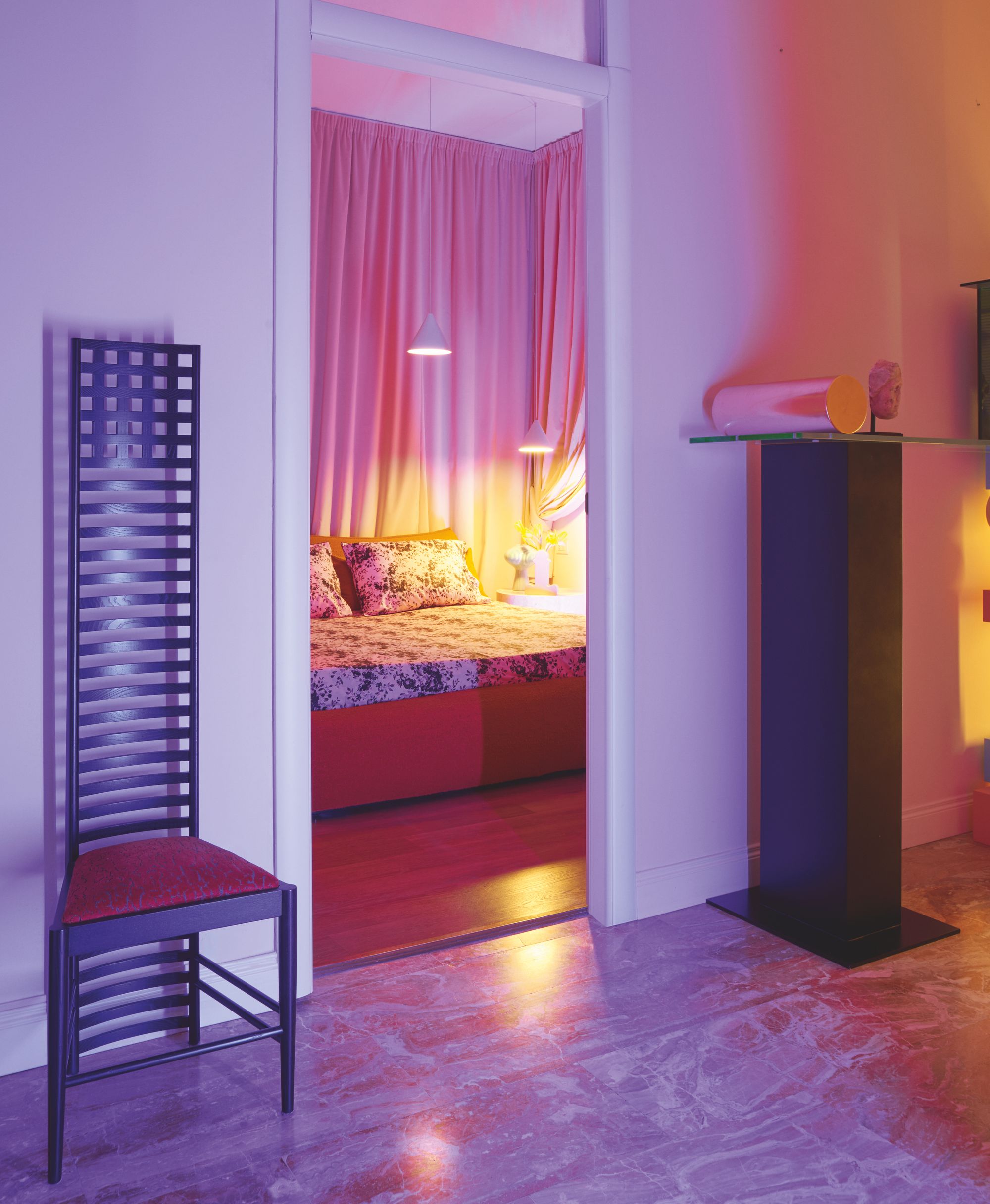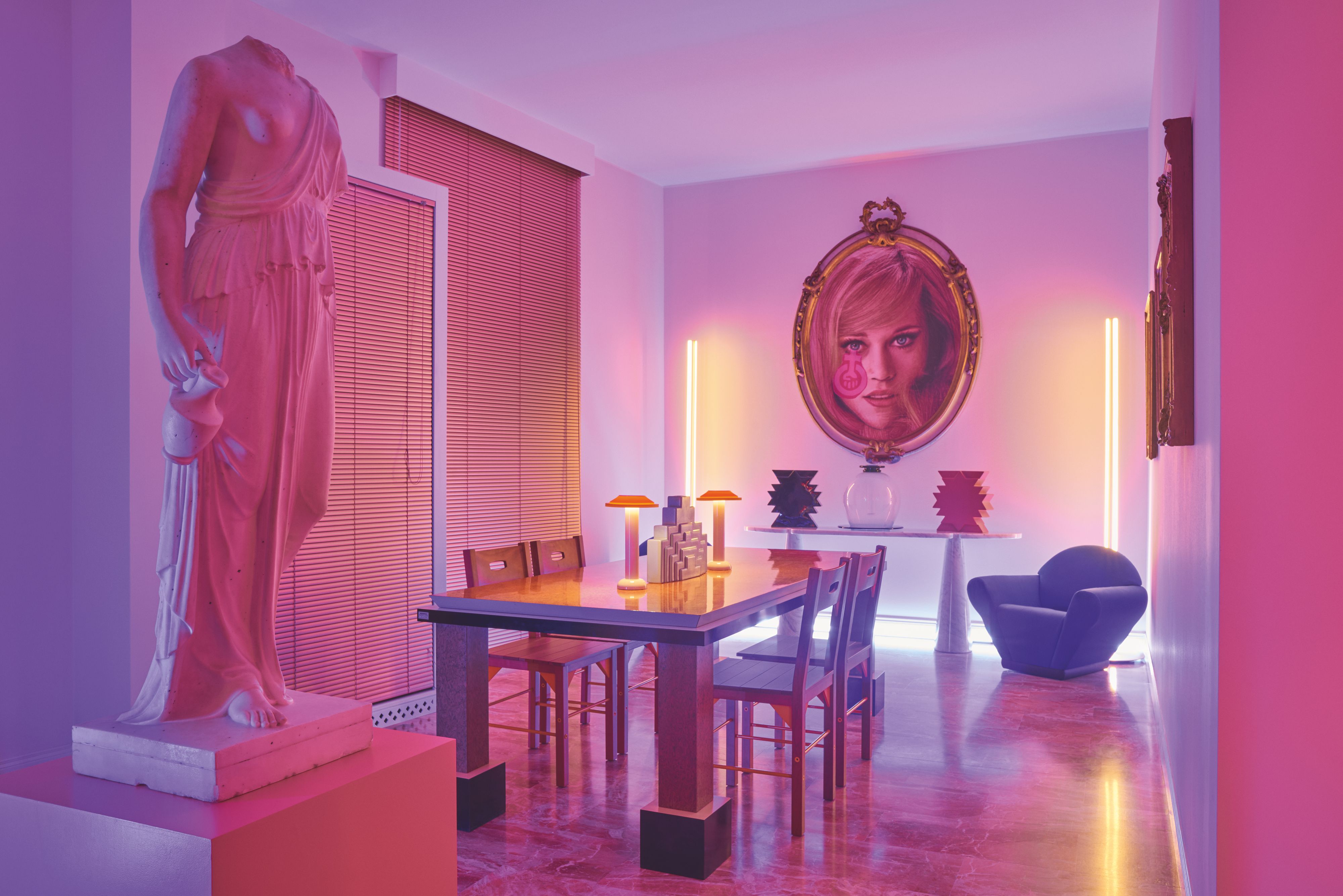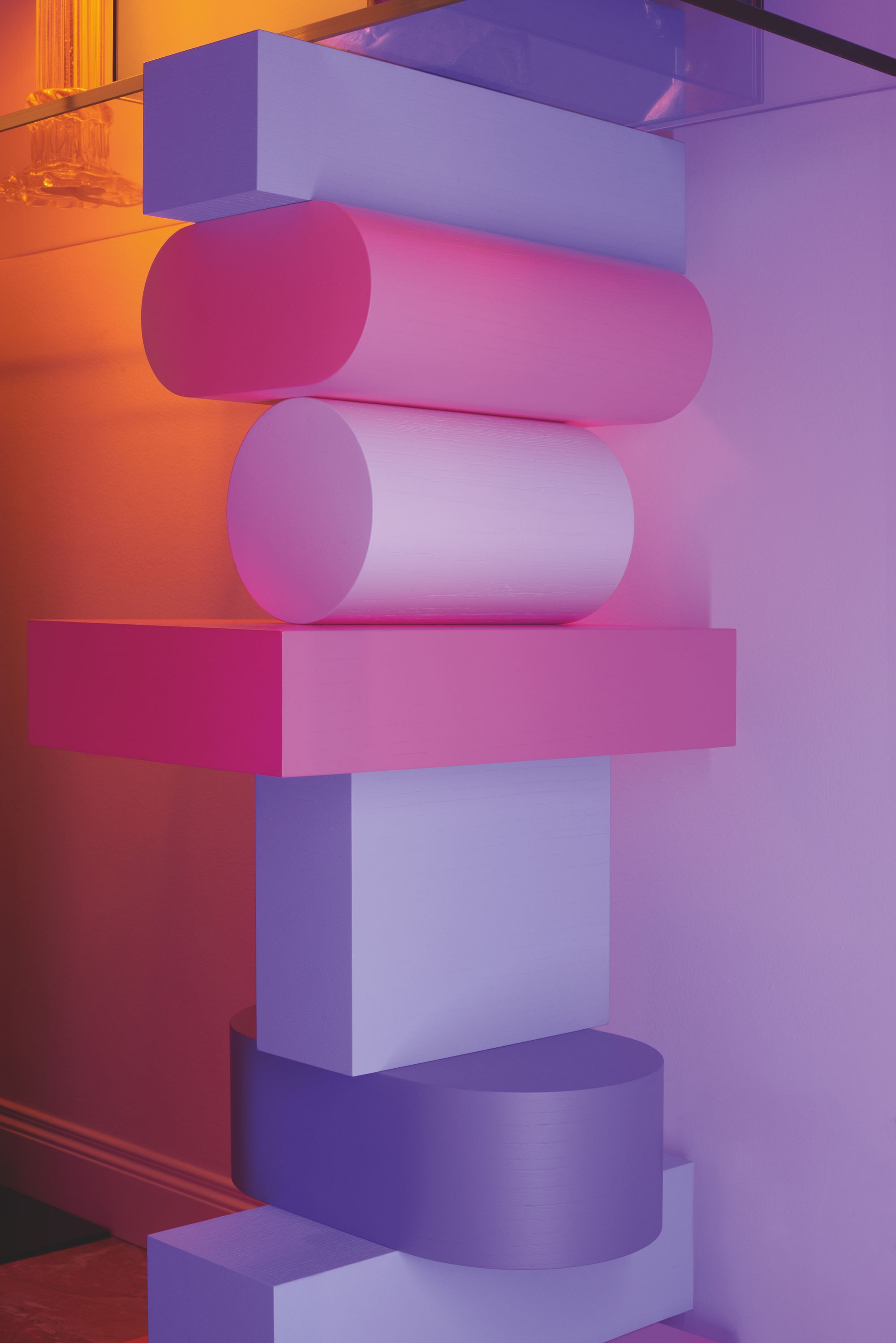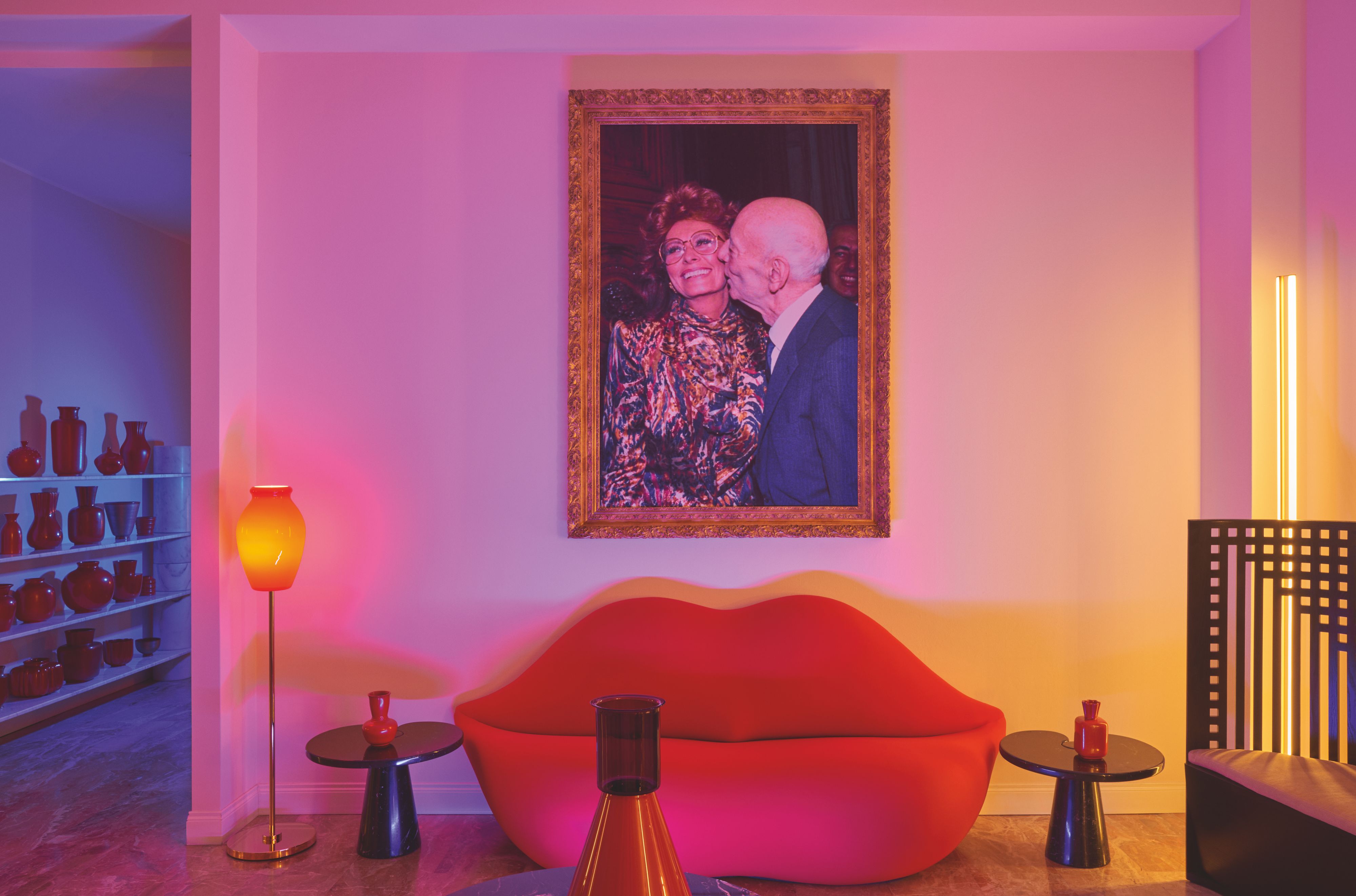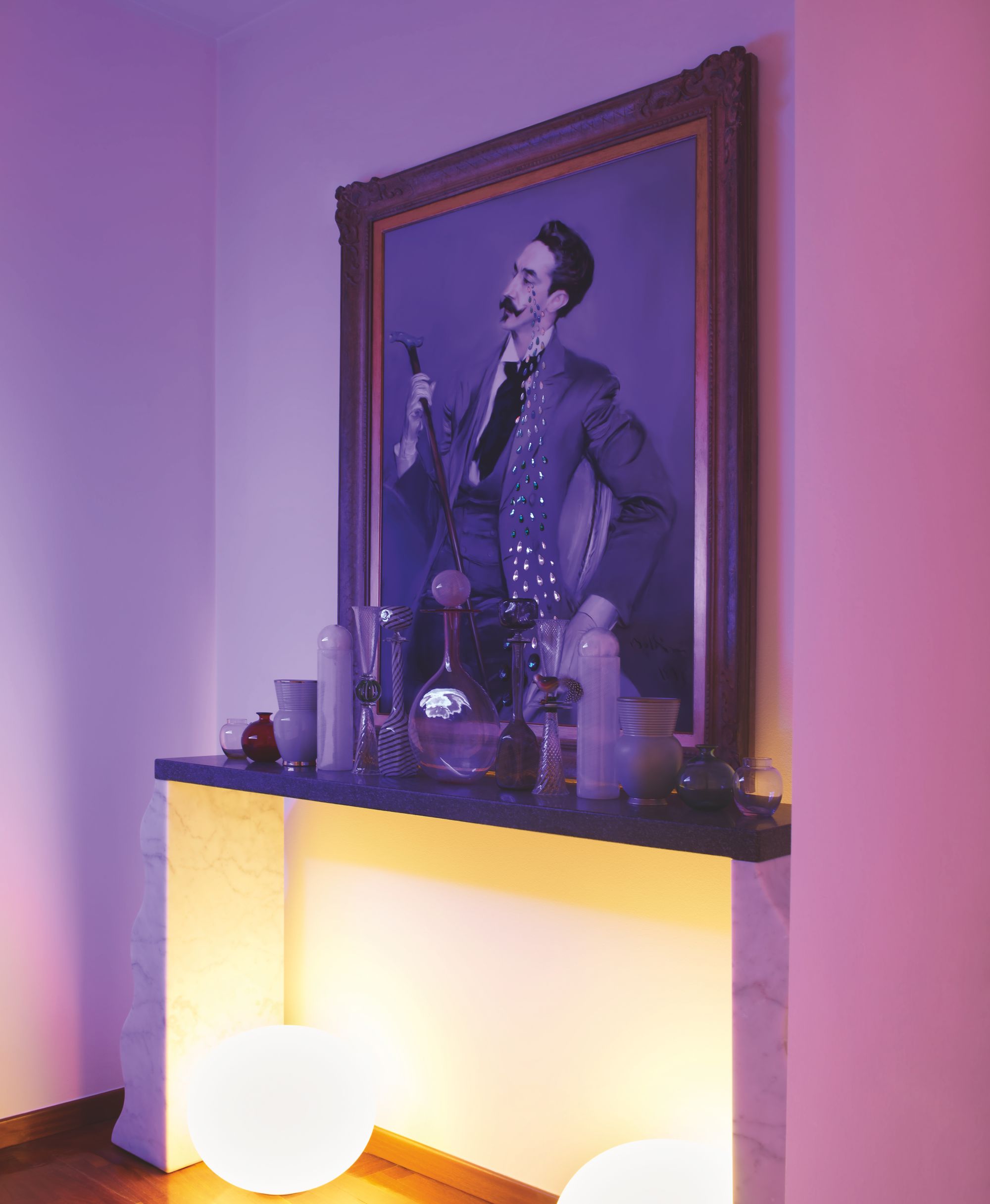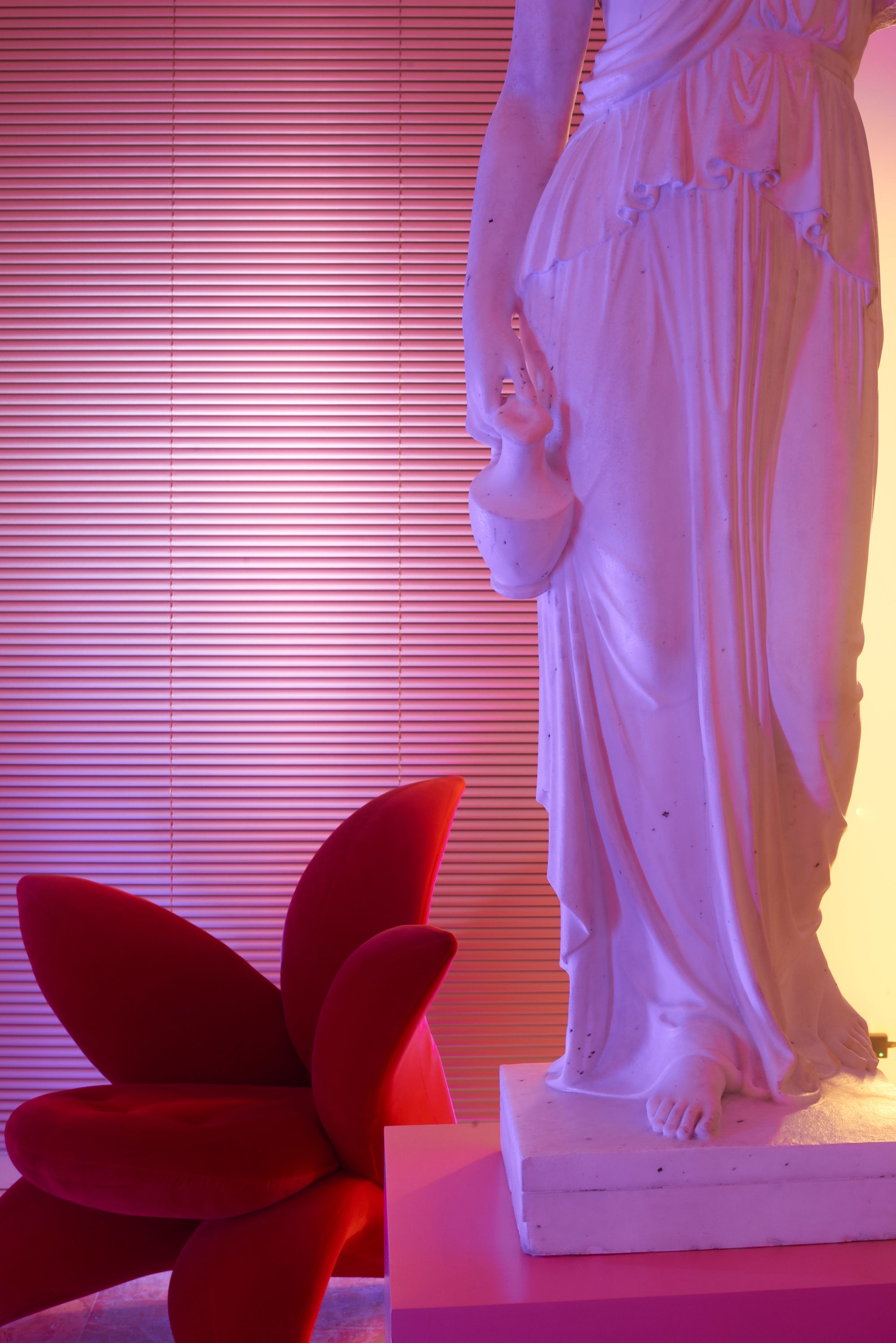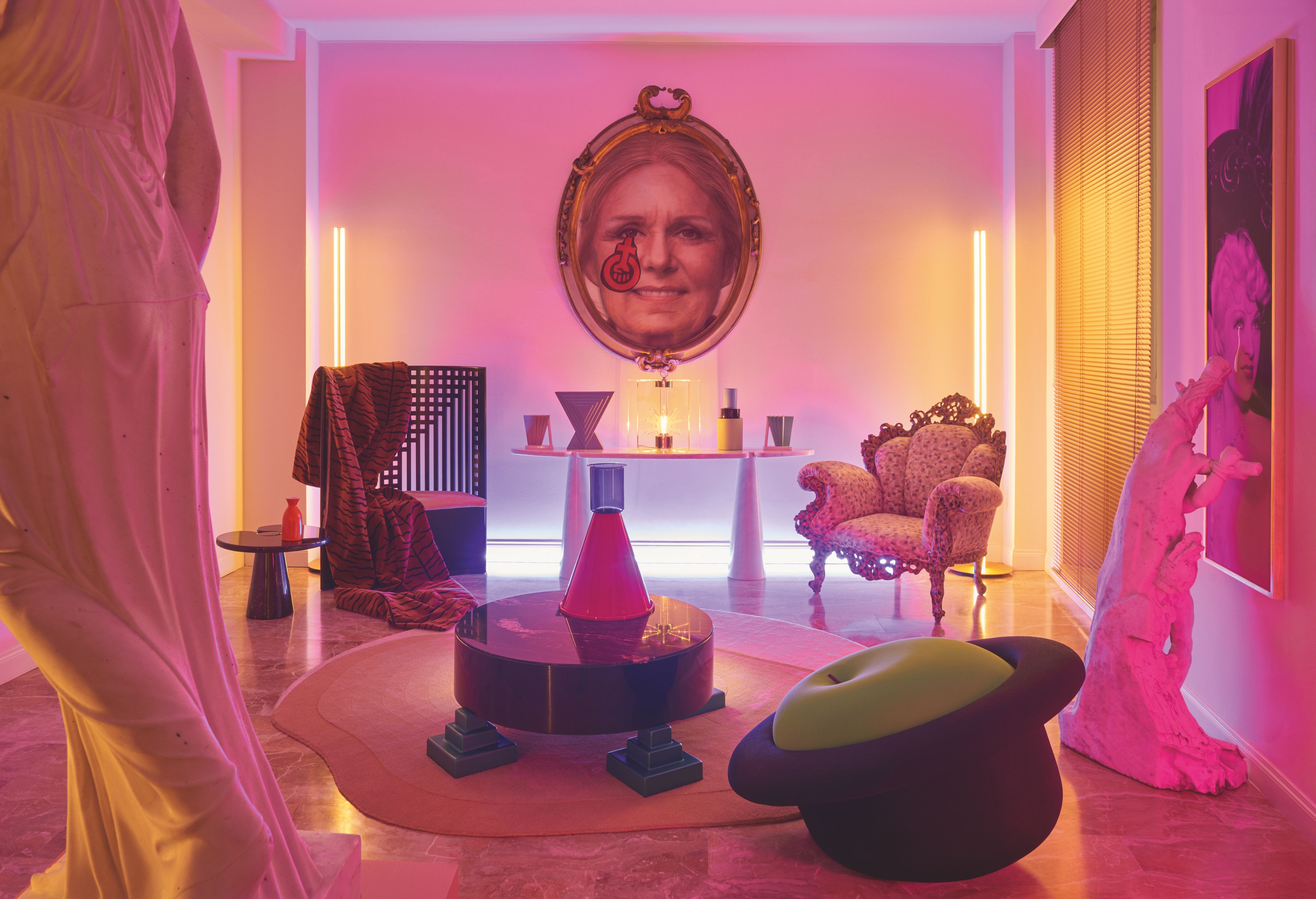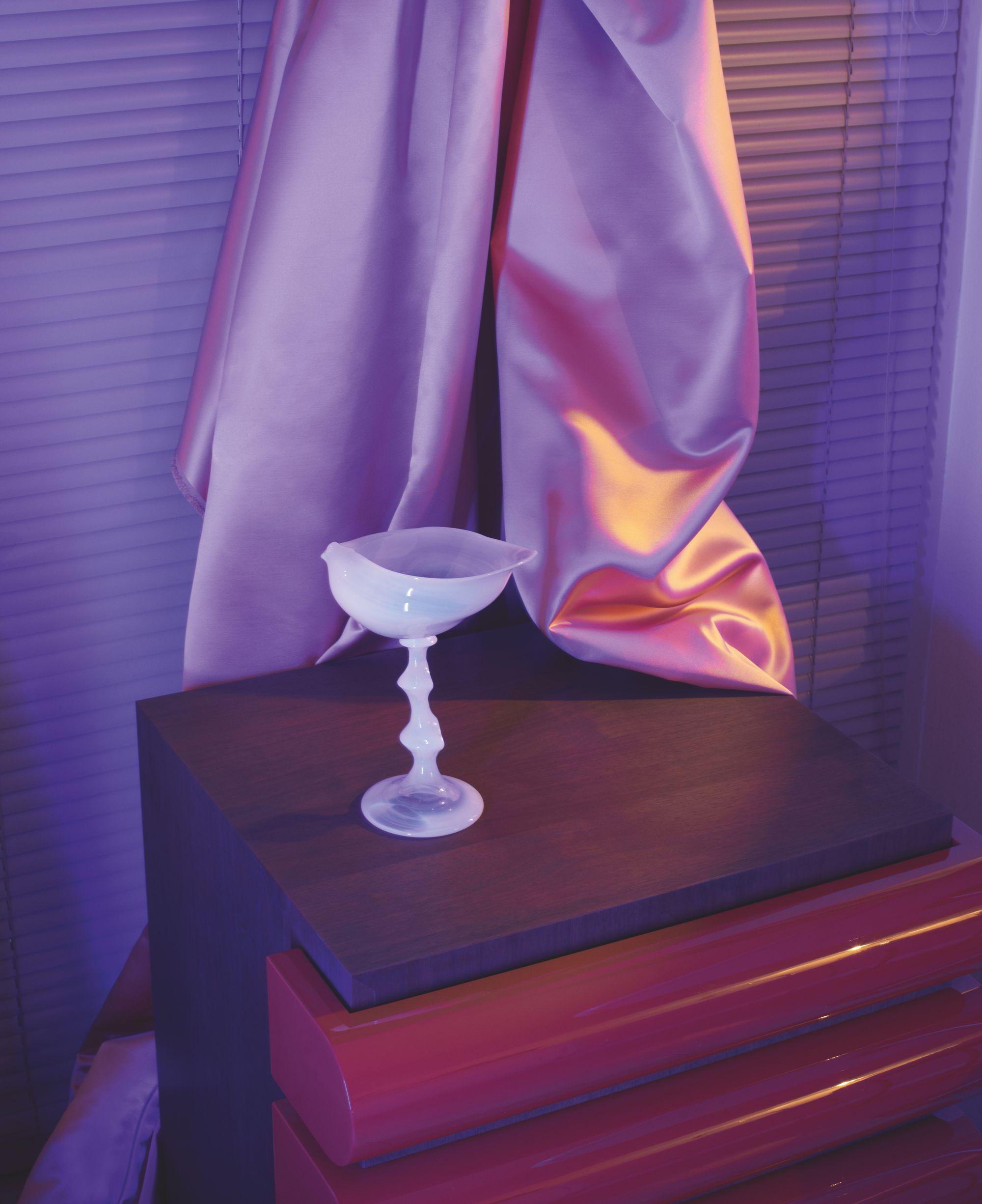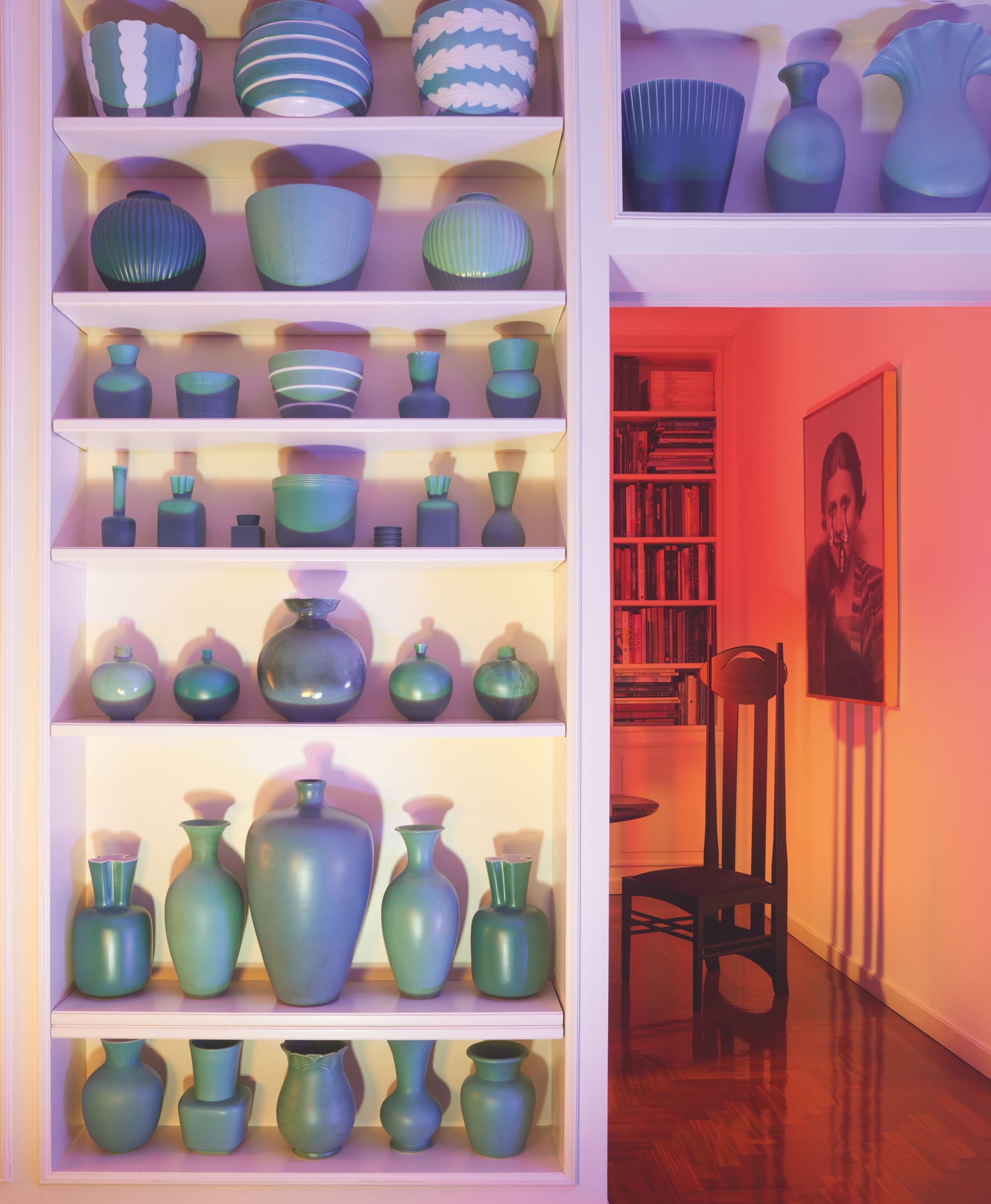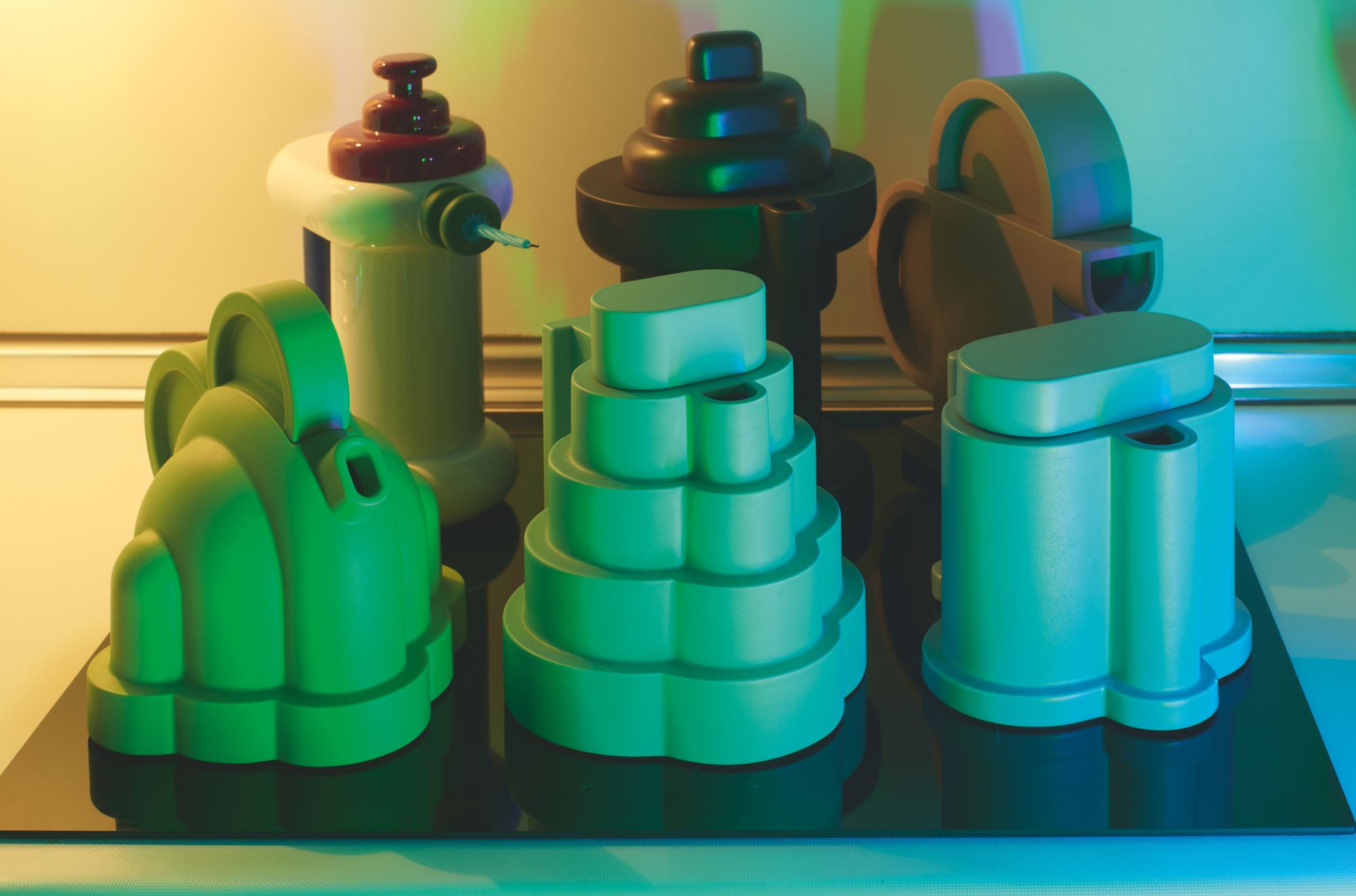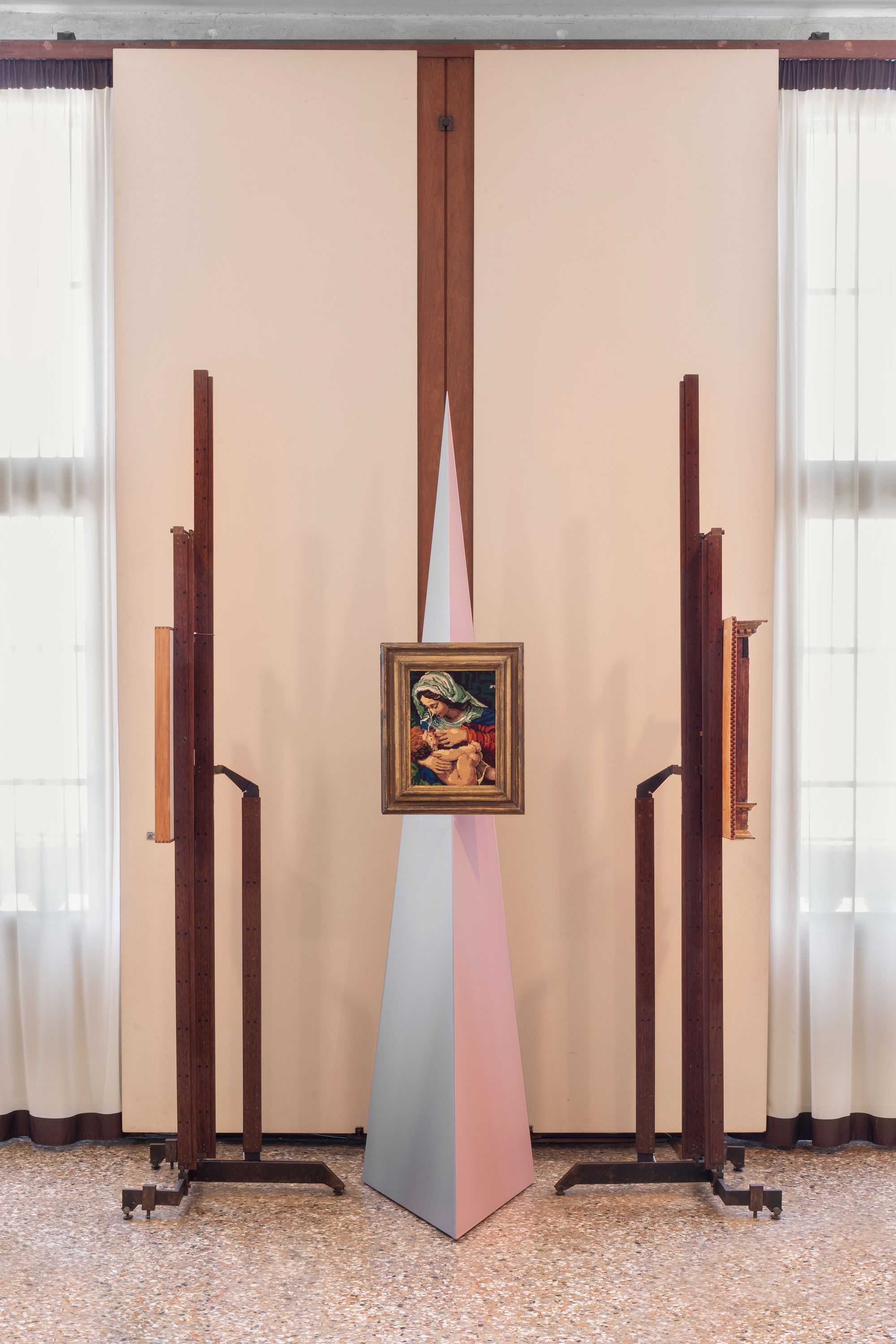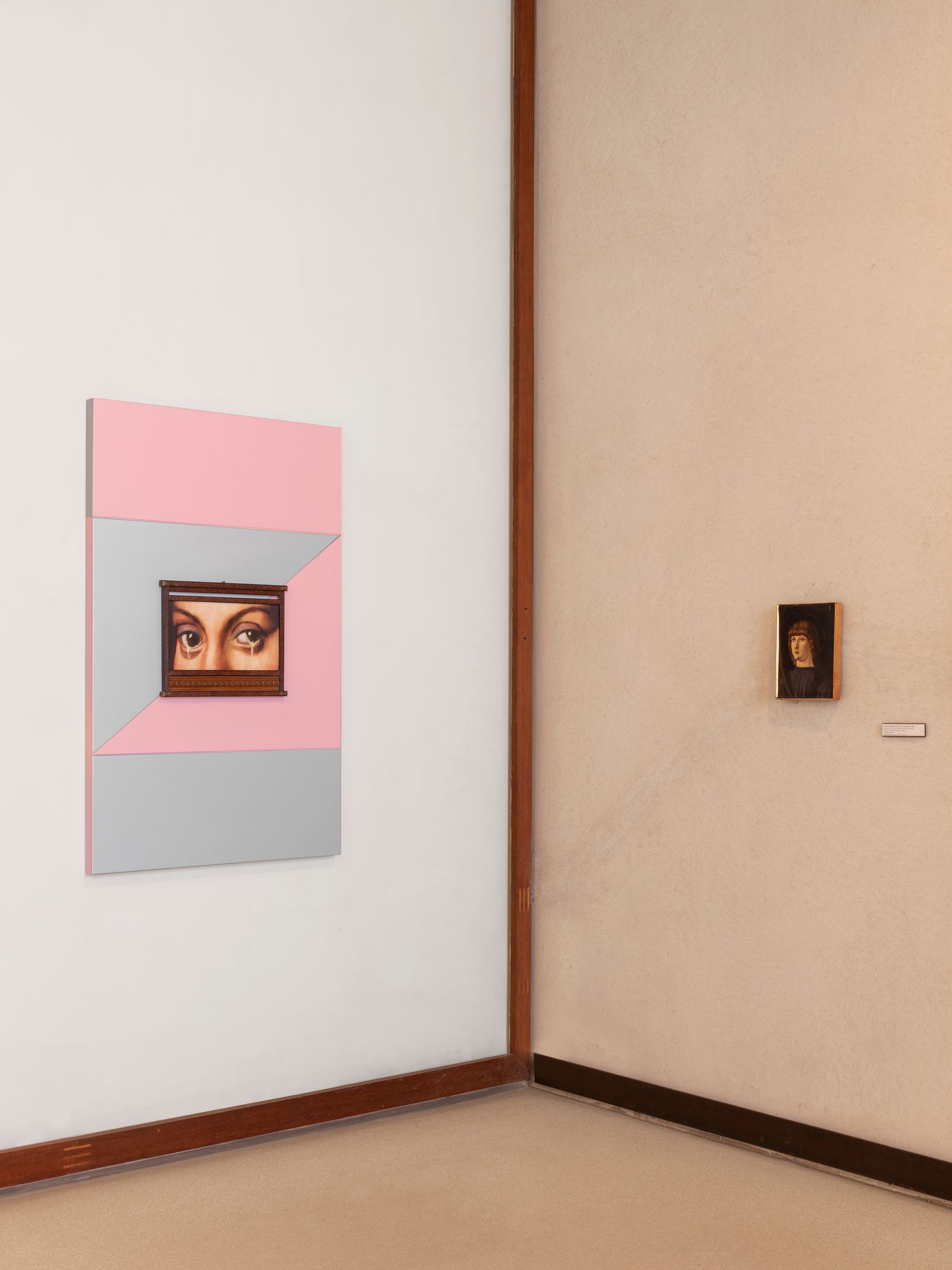What about Milan? Are you glad to be here now?
I feel Milan is like Florence was in the Renaissance, which is something nobody ever says. The money in this city isn’t the same as the cash washing about in New York, London, Düsseldorf, or Paris. Of course, Paris is full of fashion shows and art exhibitions, but it’s a big city with industrialists, financiers, and Belgian bankers. Milan is a city where the wealth comes from creativity — fashion and furniture. That makes for a very different landscape. In this town, the creative people are the rich people. For example, Stefano Boeri, one of the most important contemporary architects in Italy, is the president of the Triennale, one of Milan’s most important museums. That’s fantastic, and is something that would never happen in New York.
I could never move back to New York after living here. Would you?
I used to love New York so much, but America has changed. We’ll not dwell on that in this interview, though. But I could never move back there. When I talk about Milan, I always explain that, for example, my exhibition designer and assistant live five minutes from here. In New York, in the same hierarchical professional structure, they would live in Brooklyn. Every morning, by the time they got to SoHo or wherever, they would already have spent an hour and a half traveling, and would be swearing at me because working for me would imply that kind of annoying experience. That is why Milan, to me, is the Florence of the new millennium.
But Milan hasn’t, and hopefully won’t, become a cannibalized image of itself like Florence or Rome.
No. Those cities are like snow globes. They’re beautiful, and the most important masterpieces in art history are there, but they’re frozen in time and not sustainable in a contemporary way. We may not have those things here in Milan, but we get to choose the contemporary new talent. We have the playground and the audience; now, we must make choices. At some point, be it in art or design, people in the know have to get together and decide who to support. We have to make choices because Milan must remain a home for interesting figures.
Are you from Milan?
No, I was born in Brescia, and my whole family comes from there. It’s also where Flos is from. Let me make a case for Brescia. There is a beautiful Roman temple, from 72 CE, perhaps the most beautiful in northern Italy. Later, in the ninth century, Brescia became the capital of the Holy Roman Empire. There are amazing medieval relics in Brescia. The train there from Milan takes 35 minutes, but Brescia and Milan are different universes. Different libraries, different histories, different monuments. Some people find Milan too hectic or expensive, but what is 35 minutes on the train for someone used to living in Los Angeles or New York? It’s nothing. And you could buy a beautifully frescoed palazzo in Brescia for the same amount you pay for an apartment in Milano. That’s the beauty of Italy.
